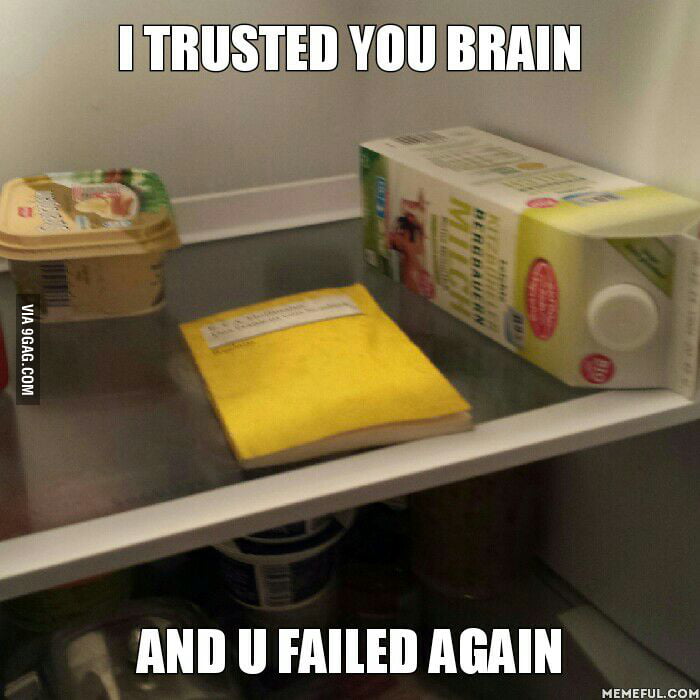Food Preservation

Put em in the fridge – Refrigeration is a crucial method of food preservation that helps maintain food quality and safety by slowing down the growth of bacteria and other microorganisms. After opening, many food items require refrigeration to prevent spoilage and ensure their safe consumption.
Put ’em in the fridge, I say, so they stay fresh and crisp. It’s like that song, “reloj lyrics peso pluma” –such a catchy tune –it’s all about keeping things cool and refreshing. So remember, put ’em in the fridge, and enjoy the freshness!
The scientific basis for refrigerating food after opening lies in the fact that most bacteria thrive at room temperature. By cooling food to temperatures below 40°F (4°C), the growth and multiplication of these microorganisms are significantly inhibited. This prevents the food from spoiling and becoming unsafe to eat.
I’m all about keeping my skincare fresh, so I always put my products in the fridge. The cold helps to preserve the ingredients and keep them from going bad. Plus, it feels so refreshing to apply a chilled moisturizer on a hot day.
I recently discovered santal 33 peso pluma letra , and I’ve been loving it. The scent is so unique and alluring, and it lasts all day long. I’ve been putting it in the fridge to keep it fresh, and it’s been working like a charm.
My skin feels so soft and smooth, and I’ve been getting compliments on my complexion all week.
Consequences of Improper Refrigeration, Put em in the fridge
Failing to refrigerate food properly can have several adverse consequences, including:
- Food spoilage: Bacteria can multiply rapidly at room temperature, leading to the breakdown of food and the production of unpleasant odors, flavors, and textures.
- Foodborne illness: Consuming spoiled food can cause foodborne illnesses, such as salmonella, E. coli, and listeria, which can lead to symptoms like nausea, vomiting, diarrhea, and abdominal pain.
- Loss of nutritional value: Refrigeration helps preserve the nutritional content of food. Improper storage can lead to the loss of vitamins, minerals, and other nutrients.
Storage Techniques: Put Em In The Fridge

Maximizing the freshness of food in the refrigerator requires proper storage techniques. By following these guidelines, you can extend the shelf life of your groceries and reduce food waste.
To maintain optimal freshness, organize your refrigerator based on temperature zones. The coldest areas are typically the back and bottom shelves, while the warmest are the door shelves and top shelf. Perishables like meat, fish, and dairy should be stored in the coldest areas, while fruits and vegetables can be placed in the slightly warmer zones.
Recommended Storage Locations
| Food Type | Recommended Storage Location |
|---|---|
| Meat, fish, poultry | Back or bottom shelves |
| Dairy products (milk, cheese, yogurt) | Back or bottom shelves |
| Fruits | Middle shelves |
| Vegetables | Middle or top shelves |
| Condiments, sauces | Door shelves |
| Eggs | Designated egg compartment |
Tips for Optimizing Storage Space
- Use clear containers to easily identify food items and avoid overstocking.
- Store items vertically to maximize space and prevent crushing.
- Avoid overpacking shelves to allow for proper air circulation.
- Use drawer dividers to organize and separate different types of fruits and vegetables.
- Store items in their original packaging or wrap them tightly to prevent spoilage.
Temperature Control

Temperature plays a critical role in food preservation. Controlling the temperature of food is essential to slow down the growth of microorganisms and enzymatic reactions that can cause spoilage. The ideal temperature range for refrigerating food is between 32°F (0°C) and 40°F (4°C).
Temperature affects food spoilage in several ways. First, higher temperatures accelerate the growth of microorganisms. Bacteria, yeast, and molds thrive in warm environments and can quickly multiply, leading to spoilage. Second, higher temperatures increase the rate of enzymatic reactions. Enzymes are proteins that catalyze chemical reactions in food. These reactions can break down nutrients, causing food to lose its quality and nutritional value.
Shelf Life of Food at Different Temperatures
The shelf life of food varies significantly depending on the temperature at which it is stored. The following table provides a general overview of the shelf life of different types of food at different temperatures:
| Food Type | Refrigerated (32-40°F) | Frozen (0°F or below) |
|---|---|---|
| Fresh meat | 3-5 days | 6-12 months |
| Poultry | 1-2 days | 9-12 months |
| Fish | 1-2 days | 6-8 months |
| Dairy products | 1-2 weeks | 2-6 months |
| Fruits and vegetables | 1-2 weeks | 6-12 months |
The secret to keeping your fresh produce crisp and flavorful? Put ’em in the fridge! And while you’re at it, why not add a touch of style to your kitchen with the exquisite reloj letra peso pluma ? This elegant timepiece not only keeps you on schedule but also elevates your decor.
So, put ’em in the fridge and let the reloj letra peso pluma be the cherry on top of your organized and stylish kitchen.
I’m all about keeping my produce fresh, so I always put ’em in the fridge. It’s the best way to extend their shelf life and keep them tasting their best. Speaking of fresh, have you heard about exodo peso pluma ?
It’s a revolutionary new way to lose weight and get in shape. I’ve been using it for a few weeks now, and I’m already seeing amazing results. So if you’re looking for a way to improve your health and well-being, be sure to check out exodo peso pluma.
And don’t forget to put your produce in the fridge!
After you put em in the fridge, chill out and unwind with a glass of vino tinto peso pluma. The light, refreshing flavor is the perfect way to end a long day. Its smooth finish will make you forget all about the fridge and all your troubles.